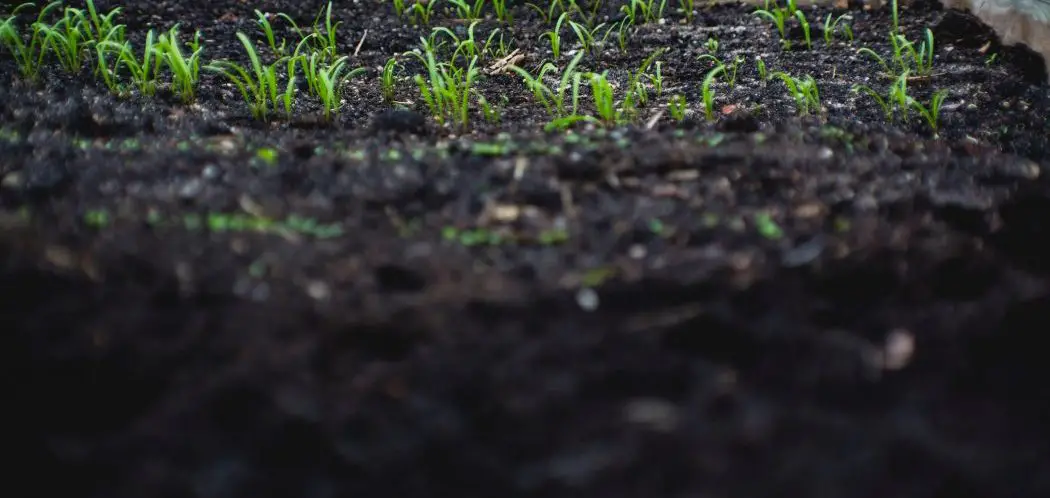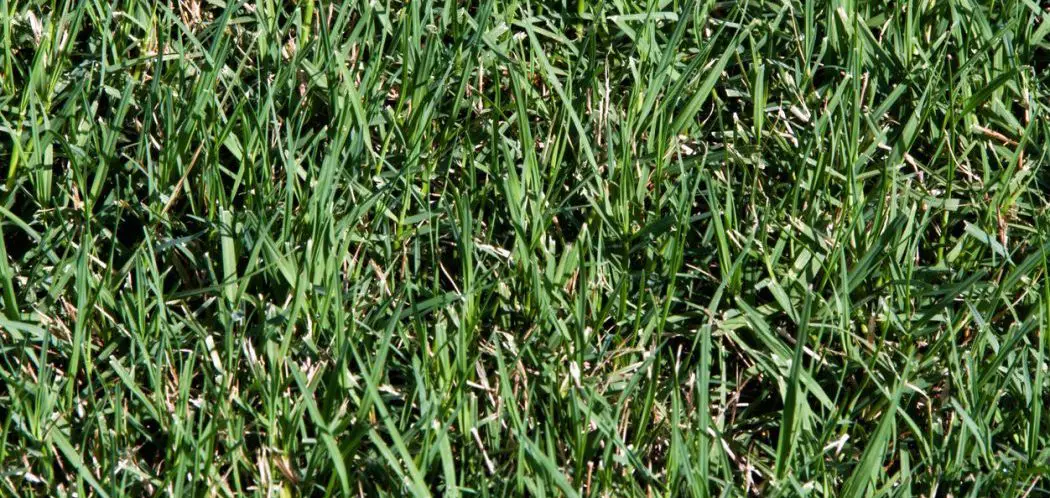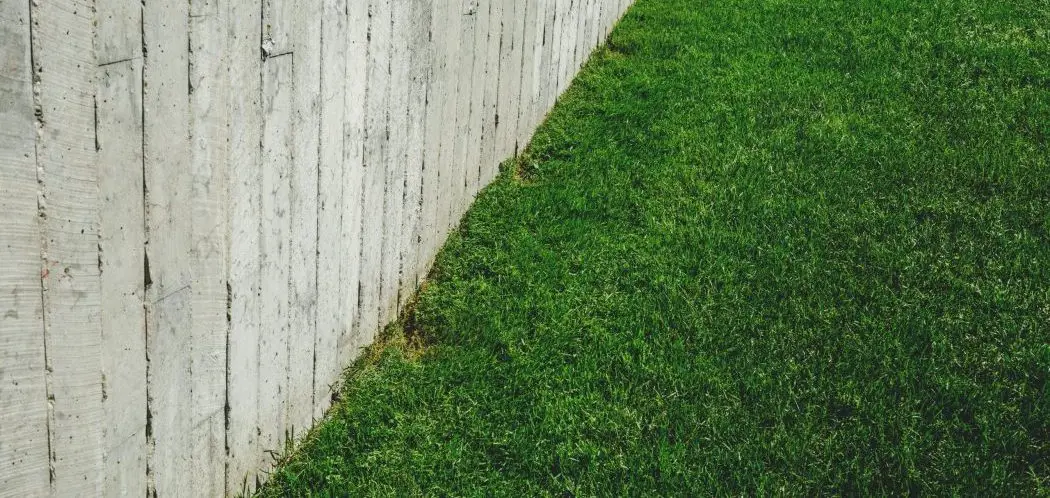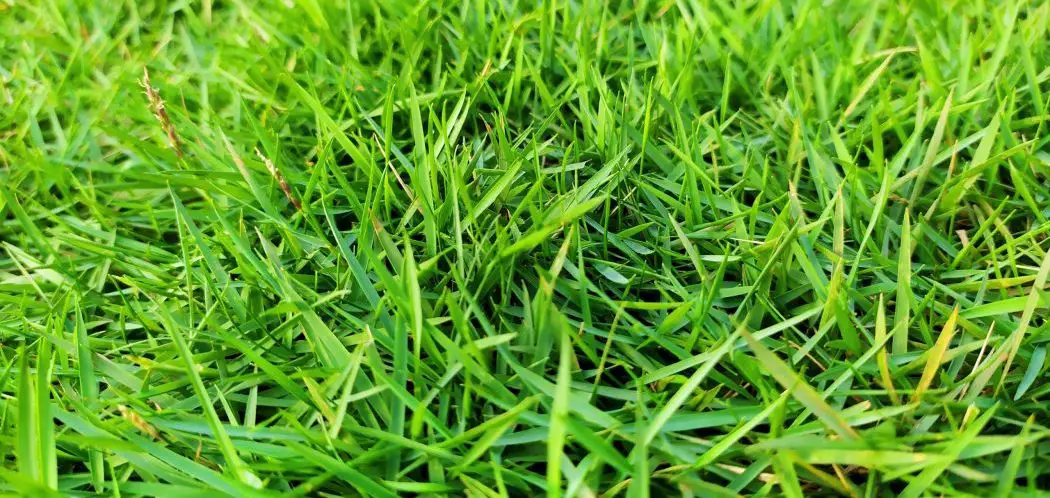The growing of grass is the cornerstone of cultivating a lawn. There are a lot of conditions that can affect the growth of your grass. The most important of these factors is the soil. The soil of a lawn is its foundation. The health of the soil is important, but so is the depth of the soil.
Will grass grow in two inches of soil?
Two inches of soil is not enough soil for the grass to establish a deep root system. While plants can grow in almost any environment that supplies the nutrients they need, grass should ideally be grown in four to six inches of soil.
If You Attempted to Grow Grass in Only Two Inches of Soil
If you attempted to grow grass in only two inches of soil, a plant’s roots would be very shallow.
Shallow roots are extremely vulnerable. Being closer to the surface makes the roots susceptible to temperature changes. The cooling of the air in the fall will feel like frost to the small roots of the plant.
Properly aerated soil will quickly absorb rainfall and gravity drags that water down to the subsoil. Roots growing close to the surface will not be able to siphon water from the ground in between periods of watering. This causes dehydration in the plant, leading to death.
A plant’s roots are their anchor in the soil. Roots are proportional to the plant they are from. Once a grass seed germinates, it creates small roots that hold the plant in the soil. The deeper the roots, the stronger the resistance from being ripped out. Shallow grass roots are susceptible to being extracted from the soil by minor movements.

How Many Inches of Soil Do You Need
The ideal depth of your topsoil should be four to six inches.
This is the length at which grass roots grow on average. Allowing your grass’s underground parts to flourish is essential for its survival.
When Grass Should Be Grown in Less Than Four Inches of Soil
The only time when grass should be grown in less than four inches of soil is when there is no soil at all…
Hydroponics is a form of botany that cultivates plants in water. Hydroponics is a new and developing field.
There are not many species of grass that will grow in a hydroponic environment.
The grasses that can grow in water will need to eventually be planted in the soil for the average homeowner to enjoy them.
Too Shallow of Soil
Grass that is planted in too shallow of soil will begin to grow horizontally.
This horizontal growth encroaches on the next plant’s available space and water.
With nowhere else to go, the next plant will attempt to spread out horizontally, entering its neighbor’s area.
This will go on indefinitely until the plants choke each other out by competing for resources that aren’t available to them.
There’s a Lot of Dirt
There’s plenty of earth beneath our feet, so how is that not enough soil?
When talking about the depth of soil for grass roots, we are talking about the topsoil.
The topsoil, subsoil, and parent material are the layers of the earth that are accessible to us.
Subsoil is typically less permeable than topsoil. As you move toward the center of Earth, gravity becomes stronger. This gravitational pull is what keeps humans grounded and pulls water down from the surface of the soil.
The force of gravity also causes minerals and particles to become more compact as you get closer to the center.
This compaction causes the subsoil, parent material, and bedrock to become increasingly less permeable.
The environment of low porosity does not lend itself to plant life as plants require micronutrients, water, and oxygen to be readily exchanged in the soil.
As gravity becomes stronger, this exchange is more and more difficult, and eventually, impossible.
Subsoil can allow for growth of deep roots
These strong, thick roots are able to collect water from the soil as it drains down from above. Some plants can even grow roots strong enough to break through underground aquifers and siphon their liquids.
While thick roots, such as those of a 20-year-old oak tree, can be found in the subsoil, the roots of typical lawn grass are not hardy enough to penetrate the densely formed subsoil.
If you’ve ever pulled a piece of grass from the earth, you may have noticed its waifish roots. These thin strings of plant material focus all their energy on even breaking through the topsoil after germinating. They are simply unable to charge through the subsoil.
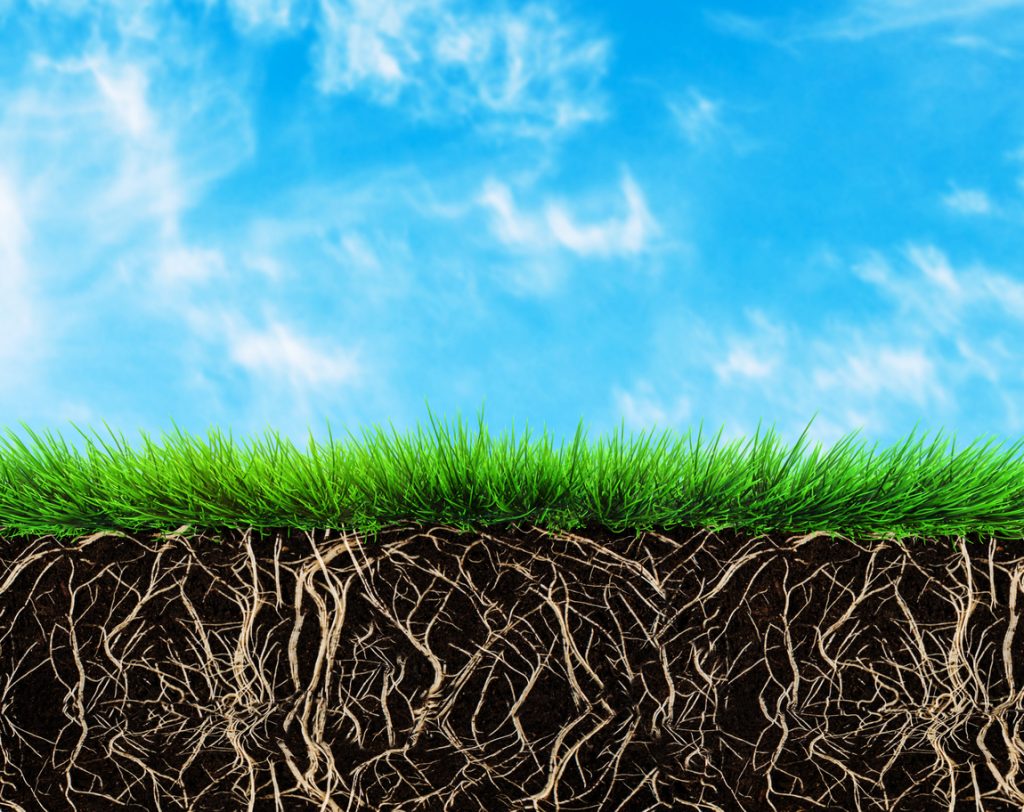
Ensuring the Depth of Topsoil
To guarantee that your grass will have enough soil to root, measure the topsoil. This can be accomplished by driving a ruler or screwdriver into the soil. A screwdriver is easiest, but you’ll have to measure the dirt on it later.
The screwdriver should enter the soil easily without extreme effort.
Compacted Topsoil
If the screwdriver doesn’t enter the soil easily, your topsoil is likely compacted. To correct compaction, you need to aerate the soil.
Aeration
Aeration can be accomplished manually or chemically.
Chemical aeration comes in the form of a liquid containing surfactants.
Some liquid aerators are ready for use while others have to be mixed with water.
Following the instructions on the packaging, apply the liquid aerator to your grass.
Water it thoroughly afterwards. Within 24 hours, you will notice an improvement in the pliability with your soil.
Manual aeration
Manual aeration can be accomplished by creating holes in the soil.
Spikes can be used to achieve these holes.
Spiked shoes or T-shaped instruments can be driven into the ground. Plug aerators are also driven to the ground but when they are extracted from the soil, they take away pieces of the earth.
Manual aeration takes about a week or two to improve the oxygen exchange in the soil.

Adding Topsoil
When aeration doesn’t improve the pliability of the soil, you may have already encountered the subsoil. Subsoil can be close to the surface in areas subject to weather erosion and heavy foot traffic.
In this instance, you can choose to simply add topsoil to your lawn.
How to Add Topsoil
Measure the length and width of your lawn.
Multiply the two figures, then multiply the total by four to represent the four inches of soil you need.
You can choose to multiply by six instead if you want to give more room for your soil.
Now you know the cubic feet of your area. This figure will assist you when you purchase topsoil from your local home improvement store.
If you own a tiller or can borrow or rent one, you can also till the available area to create new topsoil.
Give the target area one initial pass with the tiller parallel to your property line.
Then add some organic material, such as compost or topsoil. Then till the area again, this time going perpendicular to your property line.
After tilling, water the soil thoroughly to prevent erosion.
Do not saturate the soil too much. Bogging down the area will only result in soil compaction and stripping the earth of nutrients.
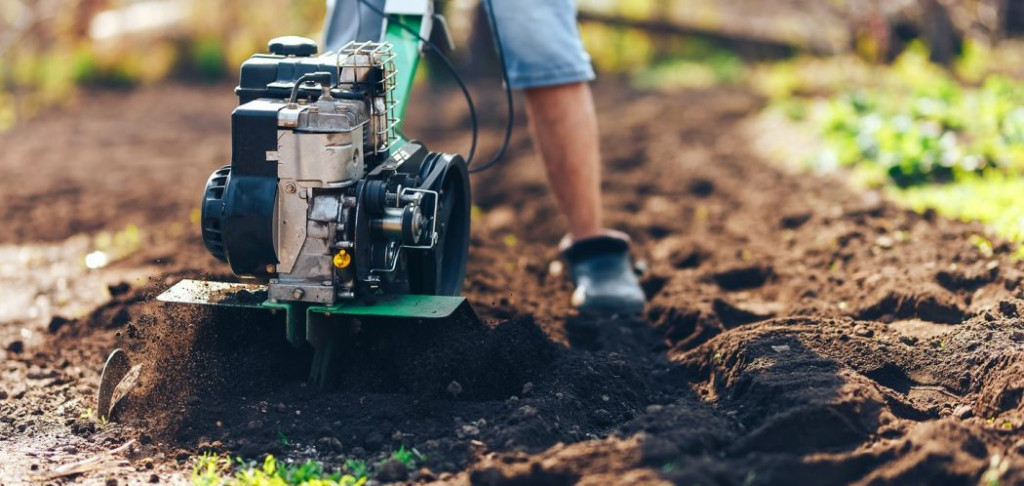
The Root of the Issue
A plant is only as healthy as its roots.
This is evident when plant death is discovered to be caused by root rot, root crowding, or root injury.
Root rot is a common cause of death for plants when they are overwatered.
The water so fully saturates the roots that they begin to rot.
Root rot is common in flower pots that do not allow drainage and soil that is heavily compacted or otherwise unable to get rid of excess moisture.
Root crowding occurs when plants are grown too closely together.
There’s a reason why farmers space out their crops. To allow each plant the proper access to micronutrients and water, each plant species has its own breathing room requirements.
While grass seeds are typically grown very close together to prevent sparse patches in a lawn, you can make up for their surface proximity by giving them plenty of space to grow downwards.
Giving Your Grass Enough Room
It’s imperative that whatever you’re growing has enough room to establish adequate roots. With trees and decorative plants, you can ensure this by spacing out your plantings.
This pattern isn’t ideal for growing grass. Grass seeds are tiny.
Spreading them out is usually accomplished with a seed spreader because planting them individually would be too laborious. This would also cause a sparse lawn with barren patches.
As it’s not practical to give grass seeds more shoulder room on the surface, it’s crucial that you give them enough topsoil for their roots to grow downward.
Grass roots are typically four to six inches long.
The top soil grass is planted in should be at least that deep. This depth is needed whether you’re growing grass from seeds or plugs.
When utilizing sod, you may not think you need deep topsoil as sod is already grown with roots. However, sod grows into your soil once it is laid. Sod also needs a few inches of soil to properly establish itself.
In Summary
Proper lawn maintenance begins with research and knowledge. Anyone can throw some grass seeds onto a parcel of land and grow grass. A lawn care enthusiast knows that grass requires around four to six inches of topsoil to grow and properly root itself.

